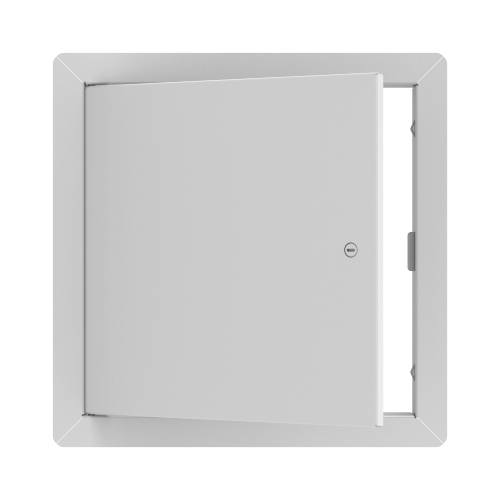Which is Better: Conventional vs. Green Building Posted by Best Access Doors Canada on 7th Nov 2020
Conventional vs. Green Building - Comparing the Differences
When preparing to construct a commercial building, a project's goals will determine whether it's built conventionally or according to green building protocols. The determining factors usually come down to purpose, stakeholders' interests, durability, maintenance, cost, and project timeline.
Insulation Products
Traditional buildings often use foam boards made from non-recycled materials for insulation. In turn, these boards become higher in stiffness and density. As a result, with the conventional approach to a building, contractors use non-biodegradable materials that do not quickly disintegrate. On the other hand, green building projects focus on the possible effects on the environment. Thus, materials used for insulation are typically wool fibers or wood. They make sure that these alternatives are highly recyclable and will not be harmful to the environment.
Structural and Framing Materials
Conventional building methods have been around for centuries, whereas green building practices are much more modern. Traditional buildings typically use bricks, steel, and concrete, which makes them strong and sturdy. Meanwhile, green buildings only use environmental-friendly materials such as timber, straw, and stones. Take note that the kind of materials used in construction depends mostly on the climate and region.
The goal of traditional building methods lies heavily on the functionality of the construction and its design. On the other hand, a green building focuses on its structure's sustainability and its environmental footprint.
Flooring Options
Traditional flooring uses materials that are often readily accessible and cost-efficient, such as floor access panels. These materials are typically non-biodegradable and enhanced with chemicals, including concrete, tiles, and wood laminate. Despite being practical and cost-effective, green building projects avoid these products. Instead, green builders use floor materials that do not use chemical manipulation or other manufacturing processes harmful to nature or the environment. The flooring typically costs more than regular flooring but offers a fresh, natural, and appealing look as it utilizes materials such as hardwood, bamboo, and stone.
Design
When it comes to design, traditional buildings focus on functionality and convenience and use simple plans that allow for mass reproduction. Green designs focus on minimalism and being eco-friendly. It considers the location and designs the building within the parameters that exist. Green buildings assume the natural flow and symmetry of the design.
It Comes Down to Dollars and Cents
Before starting any building project, a lot comes down to your budget. Many commercial builders choose conventional over green building options for this reason. Traditional buildings tend to use materials that are readily available and cheaper. Meanwhile, green buildings use materials that may cost a lot, especially with their specialization.
To build a conventional or green building, Best Access Doors Canada offers a wide variety of products for your project. For quality access doors and panels, visit us at https://www.bestaccessdoors.ca/.






